
Review on 🤖 NinjaTek NinjaFlex: High-Quality TPU Filament for Additive Manufacturing by Ryan Gilliam

Printed well on my regular standard Ender 3.
I tried this as my first foray into flexible filament and with a few tweaks it printed well. Print speed 20 mm/s, temperature 240, no heated bed but a liner is used (I'll experiment with changing it later). I played around with the retraction settings (retraction from 40mm/s to 8mm) but otherwise used the default Cura 4.7 "Generic TPU” settings. For the most part, these are the settings specified by the manufacturer on their website, although they say nothing about break-in. It's slightly larger than PLA but smaller than PETG but peels off very easily with a small pair of scissors. On the thing with the "without bag". My box was sealed with a desiccant inside. So it's true that I have to use a gallon-sized zipper for storage, but that's not a big deal. A few tips for newcomers. Don't read the "Shore Review" too much. This only gives you harshness if you're printing in a solid block. Like pretty much everything you print, you'll be printing multiple layers on the outside with some padding. The number of layers determines how "wobbly" it feels. My pressure raft looks like one of those really thin rubber can openers. The only actual printed update on my Ender 3 is the replacement of the cooling shroud. (small ring version with 6 ports) The only non-printed upgrade is the PEI bed. Aside from the fact that the bottom of my raft has become smooth, glassy, I doubt that has changed anything.
- Great price
- Big and bulky
New products
Comments (0)
Top products in 🖨️ 3D Printing Supplies
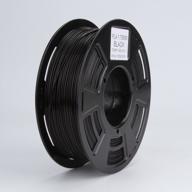
High-Quality Melca Black PLA 3D Printer Filament, 1Kg Spool, 1.75Mm Diameter With Precise Tolerance

30 Review
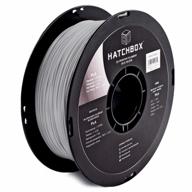
HATCHBOX 1.75Mm Silver Silk PLA 3D Printer Filament - Dimensional Accuracy +/- 0.03Mm, 1Kg Spool

32 Review
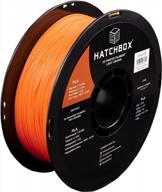
High-Quality 1.75Mm Light Orange PLA 3D Printer Filament By HATCHBOX - 1 KG Spool With +/- 0.03 Mm Dimensional Accuracy For Exceptional 3D Printing Filament Results

25 Review
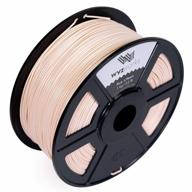
WYZworks 1.75Mm Premium PLA Filament - Antique Rosy White/Skeleton | Dimensional Accuracy +/- 0.05Mm | 1Kg/2.2Lb | Multiple Color Options

30 Review
Another interesting products

🖨️ IFUN 3D Printing Liquid Resin: High-Quality Innovative Solution

5 Review
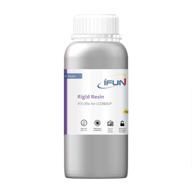
UV Curing Standard Photopolymer Printer by IFUN

5 Review

High-Precision And Stable Creality Ender 3 V2 3D Printer With New UI, Silent Mainboard, Effortless Filament Feed-In, XY-Axis Tensioner, Resume Printing, And Large Build Volume Of 220×220×250Mm

11 Review
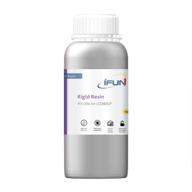
🔵 IFUN 3D Rapid Resin - Low Odor Photopolymer Resin for 405nm LCD 3D Printer - Fast Curing, Standard Rigid Formula - Sky Blue, 500g

5 Review

